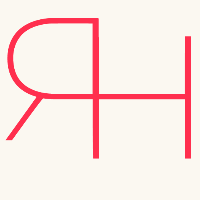UX Design
Fortris
Before I started working on the UX for Fortris, it was just an idea. Nothing existed other than a few post-its on a whiteboard. In just a few months those ideas were turned into a fully functional, usable, crypto asset management system.
How might we extract the complexity of crypto to enable crypto novices to interact as if they were crypto experts?
Users & audience
Fortris is targeted at financial teams, who are not crypto experts, within organisations who operate in crypto curencies.
Roles & responsibilities
I was the sole UX Designer within Fortris for the first 18 months. I took high level ideas and turned them into functional prototypes which helped the stakeholders and product team iterate for a better end result.
Later, I produced fully specified mock ups and prototypes to enable the development team to build the product.
Scope & constraints
We had tight timeframes to get a fully functional minimum viable product (MVP) built. Due to this we decided to use Angular Material which meant that the mock ups and prototypes had to follow certain standards.
Process
I followed an iterative process to achieve the MVP.
Understanding requirements
The first step was to understand what we wanted the product to do. We were all working quickly, in a typical start-up way, to get the product built. Some requirements were elementary ideas and some were more detailed. I took these and asked as many questions as I could to get a detailed understanding of what we wanted the product to do.
Competitor evaluation
At the same time, I started looking at how other financial management systems worked. We didn’t have any direct competitors to look at, but we could look at paralell examples and learn from them.
Low fidelity mock ups
The next step was to produce low fidelity mock ups. These were used as conversation starters to deepen our understanding about what we wanted the product to do and ultimately these helped us to achieve a better, tighter more innovative product.
When possible we validated these with target users, which also helped us to create a better final product.
Prototypes
Following the feedback on the mock ups, I created prototypes so that we could experience the end-to-end flow of the product. These prototypes were used by the development teams to build the product.
Outcomes & lessons
The final outcome was a product which is used by big organisations to process huge volumes of crypto transactions.
